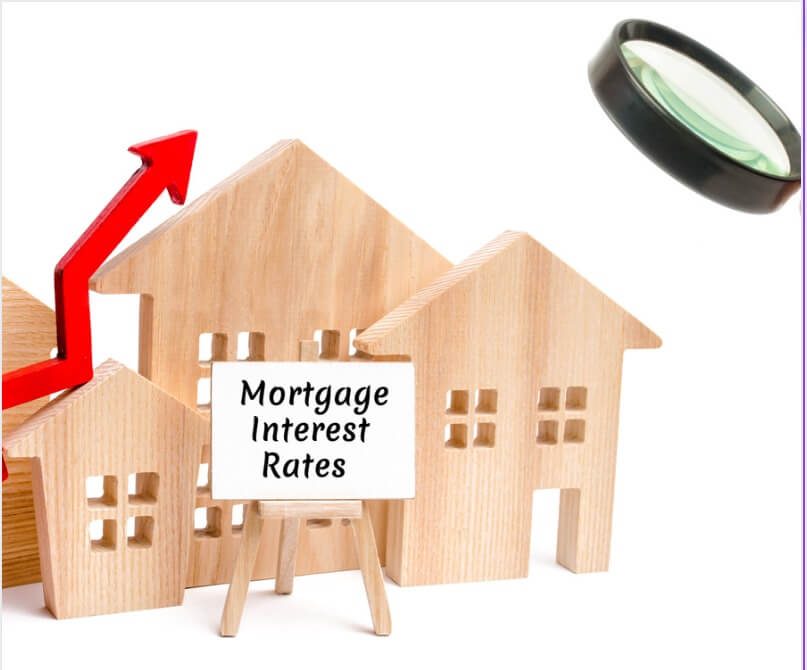Real Estate CPA In Dallas
Are you a property owner looking to save money? You might be missing out on valuable tax deductions! From slicing your mortgage interest to cracking the code on property taxes, we make it easy to understand and apply these financial perks. Whether you're new to the real estate game or looking to optimize your current investments, our real estate CPA Dallas firm is packed with essential tips and tricks.
Mortgage Interest Deductions:
Did you know that as a homeowner, you can often reduce your taxable income by deducting the interest paid on your mortgage? It's true! Here's how it works: When you file your taxes, include the interest you've paid over the year on your mortgage. But remember, there are limits. For example, if you bought your home after December 15, 2017, you can only deduct interest on up to $750,000 of mortgage debt. Now, imagine you paid $10,000 in interest this year; that's $10,000 less of your income subject to tax! Isn't that a great way to save? Do you know how much you could deduct this year?


Energy Efficiency Upgrades :
Going green with your property isn't just good for the planet; it can also lead to tax incentives. Many governments offer tax credits for energy-efficient home upgrades. These can include installing solar panels, upgrading to energy-efficient windows, or adding insulation. For example, you might receive a tax credit for 30% of the cost of solar panel installation. This means if you spend $10,000 on solar panels, you could get $3,000 back in tax credits. It's a win-win: you save on energy bills and get a tax break. Have you considered making eco-friendly upgrades to your property?
Capital Gains Exclusion For Selling The Primary Residence
When you sell your home, you might face capital gains tax on the profit. However, there's a generous exclusion: if you've lived in and owned the home for at least two of the past five years, you can exclude up to $250,000 of the gain from your income ($500,000 for married couples filing jointly). For instance, if you bought your home for $300,000 and sold it for $550,000, the $250,000 profit could be tax-free for a single filer. Are you planning to sell your home soon? Have you lived there long enough to qualify for this exclusion?
Cost Segregation Study
A cost segregation study is a tax planning strategy used by real estate investors to accelerate depreciation deductions on their properties. In a cost segregation study, a qualified individual or firm analyzes the components of a property and reclassifies certain assets from real property to personal property or land improvements. This allows investors to depreciate these assets over shorter time periods, typically 5, 7, or 15 years, rather than the standard 27.5 or 39 years for residential and commercial properties respectively. The benefits of a cost segregation study to real estate investors include Increased cash flow, Reduced tax liability, Improved return on investment and Enhanced property valuation.

Installment Sales
An Installment Sale is a sale of property where the sale price is paid in installments and at least one payment is received after the tax year of the sale. Using this method, a taxpayer can avoid paying the entire gain in the year of sale.
You cannot use the installment sale to report a loss. In 2019, you sold land for $100,000. You received a $20,000 down payment and a buyer’s note for $80,000. The note mentions that there are four annual payments of $20,000 each, plus 8% interest, beginning in 2020. This is a classic example of an installment sale.
A 1031 Exchange
A 1031 exchange, also known as a like-kind exchange, is a tax-deferred exchange that allows investors to defer capital gains taxes on the sale of certain types of property if they reinvest the proceeds into a similar property. Some of the benefits include Deferral of Capital Gains Taxes, Preservation of Investment Capital, Increased Cash Flow, Portfolio Diversification, Estate Planning Benefits and Potential for Tax-Free Exchanges. If an investor continues to utilize 1031 exchanges throughout their lifetime and holds onto the property until death, they may benefit from a step-up in basis for their heirs, effectively eliminating capital gains taxes on the property
Depreciation on Properties
Depreciation, in the context of residential and commercial real estate properties, refers to the gradual decrease in the value of the property over time due to wear and tear, deterioration, or obsolescence. It’s an accounting concept that allows property owners to deduct the cost of the property over its useful life as an expense for tax purposes.
1. Residential properties, such as single-family homes, condominiums, and apartment buildings, can be depreciated over a period of 27.5 years for tax purposes according to the current U.S. tax code (this applies to properties placed in service after 1986).
2. Commercial properties, such as office buildings, retail centers, warehouses, and industrial properties, can also be depreciated for tax purposes.
3. The depreciation period for commercial real estate is typically 39 years, although certain types of commercial properties may have different depreciation schedules.

Repairs Vs Improvements
Repairs encompass essential fixes that maintain a property’s operational condition, ensuring it continues to function as intended. These repairs qualify for immediate tax deductions. Repairs, on the other hand, are focused on maintaining the property’s operational status but do not significantly add to its value or extend its lifespan.
In contrast, improvements are investments that augment the value of a business or rental property or extend its useful life. The cost of such improvements must be capitalized and depreciated over time. Improvements contribute to the appreciation of an asset’s value, necessitating the capitalization of their costs. This effectively increases the property’s basis, and taxpayers can subsequently claim depreciation deductions over a specified duration.
Rental Property Deductions
The 3 Safe Harbors That Every Investor And Landlord Should Know About are:
De Minimis Safe Harbor (DMSH)
The De Minimis Safe Harbor, enacted in response to the IRS repair regulation issued in 2013, allows landlords to deduct any cost substantiated by invoices, as long as each cost does not exceed $2,500 ($5,000 if applicable financial statements are available). The DMSH originally had a $500 limit in 2013, but the IRS later increased it to $2,500.
Routine Maintenance Safe Harbor
Also stemming from the IRS repair regulation of 2013, the Routine Maintenance Safe Harbor allows landlords to currently deduct qualifying routine maintenance expenses, regardless of cost. There are no annual dollar limits, making it a valuable tool for any landlord, regardless of income levels.
Safe Harbor for Small Taxpayers (SHST)
The SHST, the third safe harbor resulting from the IRS repair regulation, enables landlords to currently deduct all annual expenses for repairs, maintenance, improvements, and other rental building costs on Schedule E. To qualify for SHST, landlords need to meet specific restrictions, including rental business size limitations.
